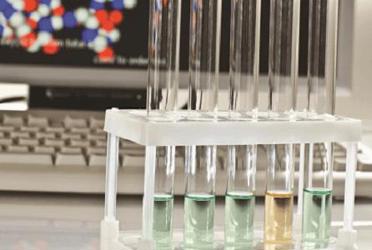Role Of Cell Based Potency Assay In Functional Characterization Of Therapeutic Monoclonal Antibodies (mAbs)
By Agata Burzawa and Pamela Hamill, Ph.D.

Characterization of an originator monoclonal antibody (mAb), or comparability study between originator mAb and biosimilar candidate mAb, are challenging due to the highly complex and variable structure of monoclonal antibodies. The heterogeneity that can arise in quality attributes, including structural alterations, oxidation, deamination or glycosylation, can impact the potency and the efficacy of the final product. Moreover, mAbs have multiple biological functions associated with both the specific antigen binding (Fab) region and interaction with C1q and Fc receptors via the Fc region of the antibody. For this reason, the characterization of therapeutic monoclonal antibodies should include a wide range of analytical techniques; as well as binding and cell-based potency assays in order to reflect the main mechanism of action and effector function of the mAb of interest.
Get unlimited access to:
Enter your credentials below to log in. Not yet a member of Cell & Gene? Subscribe today.
